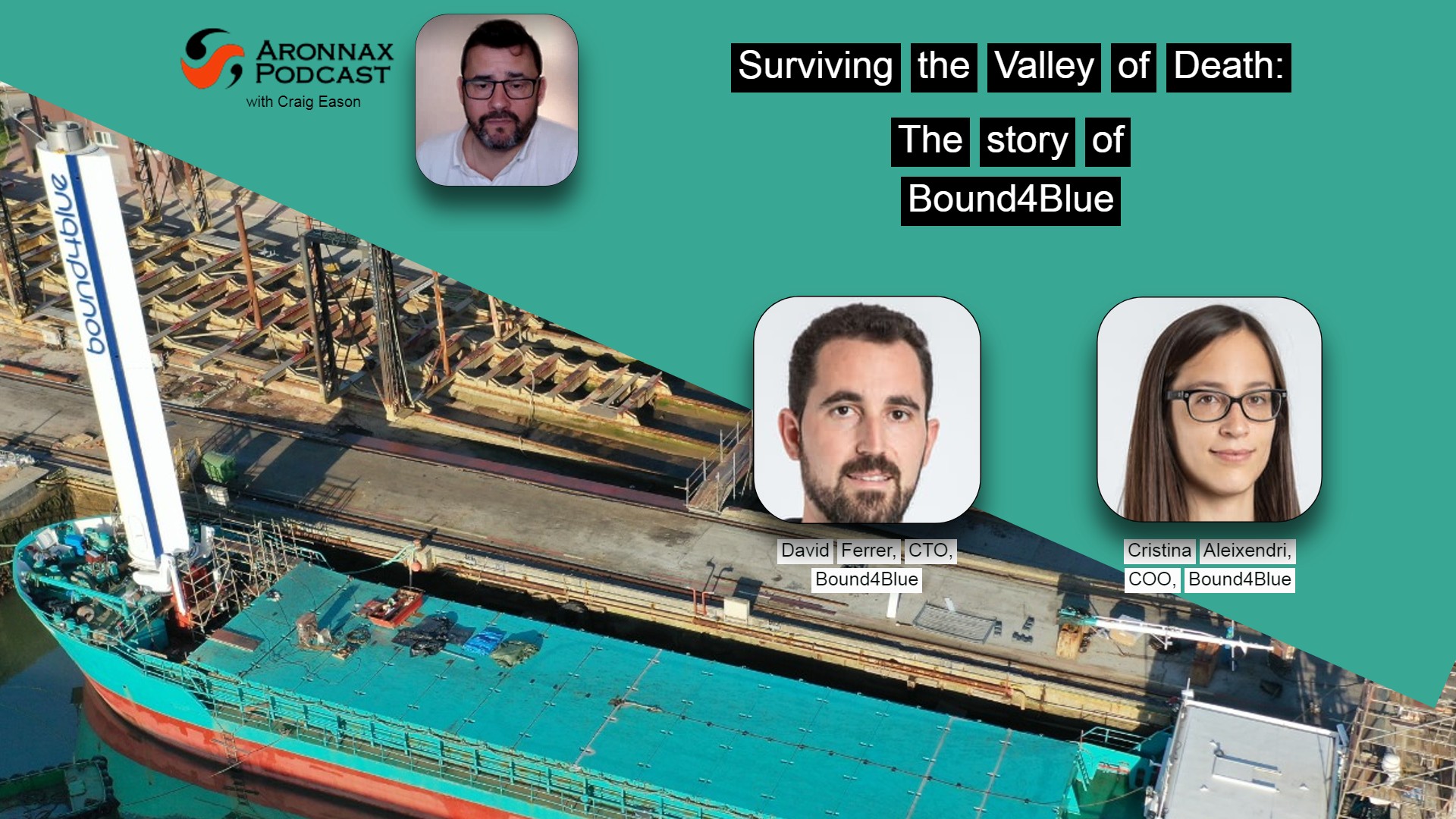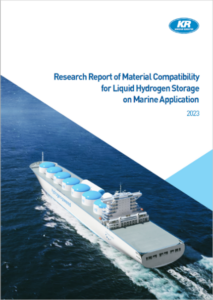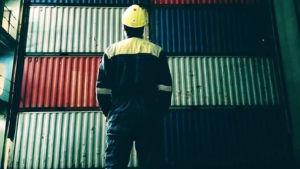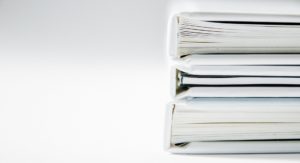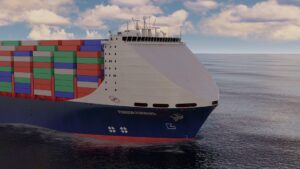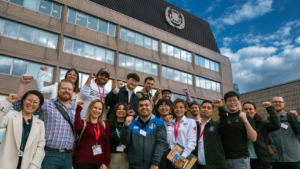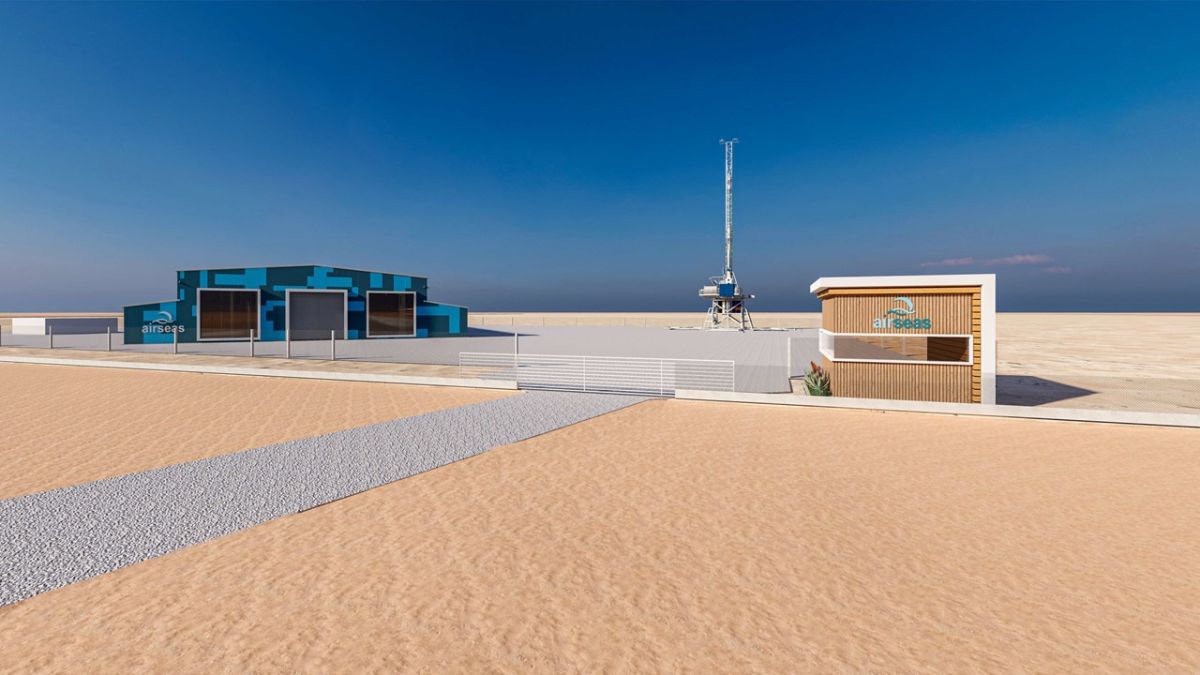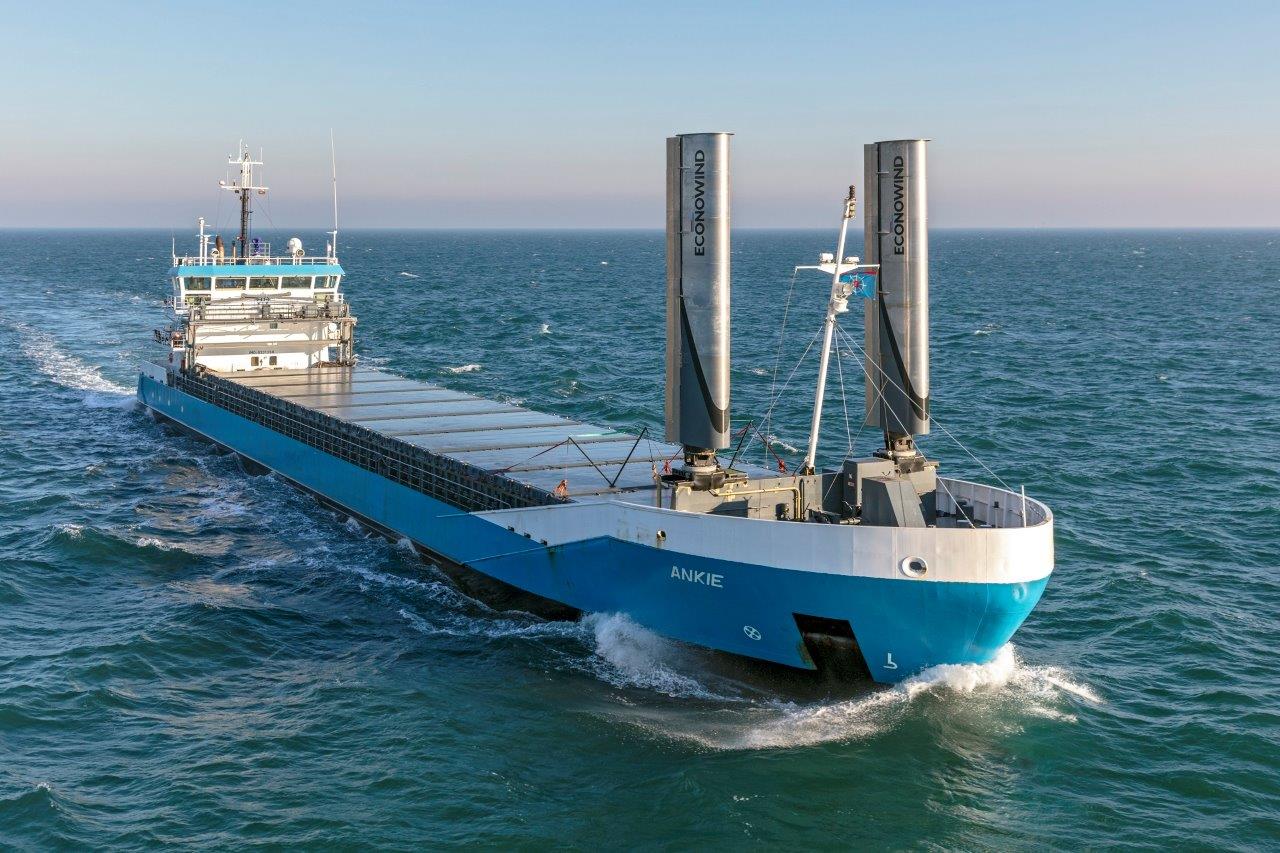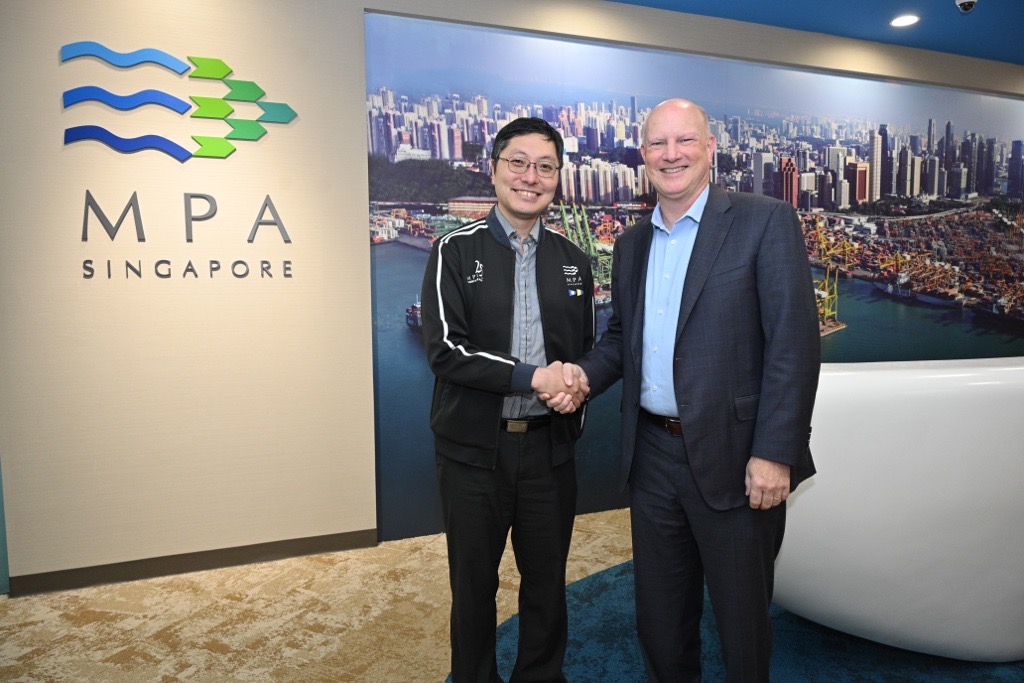Episode transcript
Craig Eason, Fathom.World
Hello again and welcome to another episode of the Aronnax podcast. I am Craig Eason, from Fathom World and podcast host.
In this episode we go to Spain, to Barcelona. Because it is here that a relatively young company has begun to make waves having now installed a wind assist technology on a second vessel as it pushes ahead with its plans to join the growing market for fossil fuel free power solutions.
The company is called Bound4Blue, founded in 2006 not by nautical engineers, but aeronautical engineers who had an original dream of using wind power in vessels to create electricity that could generate renewable fuels.
Over the last fifteen years the company not only adapted its plans, focusing on the energy potential of a rigid wingsail solution, and how it can be a solution into the maritime market, but managed to go from strength to strength.
Entrepreneurs and those with novel ideas will know all to well how hard it is to get traction in a new market.
There is the overwhelming and continual need to raise financial support, to be able to focus on a challenge while also looking at winning grants, or investment from angel investors or venture capitalists…or as so many will now, from families’ friends and fools as many say.
But even with initial financial support the challenges never go away, start-up financing inevitably is for research and development, for specific projects, not for commercialisation.
At some point any company with a product to sell has to take an idea on paper, or a software design programme, and move from scale models to demonstration projects, to then sourcing and contracting materials, suppliers and construction assuming that orders will come.
It’s called the ”Valley of Death”, and where an entrepreneur start-up with a fantastic product could easily become stuck and fold. The product is tested, the product is ready, and all that is needed is the market to buy it…. And if the product is an extremely visible one, and the market is traditionally very conservative, the challenge is all the greater.
This is where Bound4Blue is now, it has a second system installed of one of its two propulsion solutions and is now investing in ramping up. It has been successful in raising money, but knows it needs more.
I spoke to two of the co-founders about the journey so far, and how they are ramping up, particularly how they look for suppliers to make the systems, and ensure they have the funding to move forward and expand.
Cristina Aleixendri is COO, chief Operating Officer, and David Ferrer is chief technology officer. My first question to Cristina was how they got their first moonshot idea to look at clean energy production and then were able to adapt it to providing clean power solutions, and still keep their initial investors enthusiastic?
Cristina Aleixendri, Bound4Blue
I think that the point is that we are all aeronautical engineers.so we saw that the sailing had a huge power. So we saw that in our industry, there was like this solution for the maritime industry. But the thing is that we had an even bigger idea. So it was a moon shot. And we thought applying these wingsails to produce hydrogen and oxygen in a renewable way, and with a lower cost than the current methods today. But then we realized that we had a solution, we had invented a modern sail, that could be applied directly for shipping to reduce their fuel consumption and emissions, and that’s exactly what we’ve done. And how this idea came up. It was a Jose, watching a documentary on the ancient use of sailing.
Craig Eason, Fathom.World
That’s Jose Bermudes, by the way, the CEO, and one of the three co founders.
Cristina Aleixendri, Bound4Blue
And he just explained the idea to us, and he was like, let’s do it.
Craig Eason
Okay, you say, “let’s do it” as if it was just making a toy boat and putting it in a lake or something. But, you know, making a vessel, even at that stage, you know, making a vessel particularly to generate the electricity to create hydrogen. That’s no small feat. So even at that point, okay, you’ve changed direction, since but how did you then go about trying to realize that moonshot dream, how did you manage to go and even talk to any financiers, backers, or anybody like that to say, “Hey, look, we’ve got this moonshot wild idea about, hey, how about it?”
Cristina Aleixendri, Bound4Blue
We started with different projects during university. So my final project was about the first concept of fun for blue generating hydrogen, and the use of these sales to generate energy. And we followed up engaging with bigger companies like in like the National Center here of hydrogen in Spain. And we started developing projects with other research institutions to find if there was a viable way to perform it in terms of technology and in terms of cost.
It took us like about one year and a half, to realize that it was really possible and to really nail it and find the best solution.
So that I still remember that the first idea we had was storing this energy in batteries, but then we realize it was not that efficient. So we even went a step further. And we didn’t only study hydrogen, but also ammonia, and other types of fuel to store this energy. And then later on, we realize it was a very big big project, which needed a huge amount of financing. And that we could market our sails, which we’re also going to be used to generate this energy and get some revenue also from it. So we divided the project in these two phases. And the first part, like the first funding that entered into Bound4Blue, was to fund this moonshot. So it was not for the sails to reduce fuel consumption in shipping, but rather to produce energy.
Craig Eason
So you then realize that, okay, we’ve got the sail designs, and perhaps we can move faster and quicker with the design of the sails into the industry? How did you go about that? You must have gone to your investors and said, “Hey, look, we’re changing our path now”. How do you go to people, organizations, that are investing in Banford blue, and say, Look, this is what we’re going to do now.
Cristina Aleixendri, Bound4Blue
I think that that’s stage what we had inside the company as shareholders were business angels, that were more open minded. There were not VCs, like more focused on a thmatic or market. And it was pretty simply simple, because when we had confidence later on, I asked them, why did they invested in Bamford blue. And it was not because of what we wanted to do our moonshot, which obviously had sense, but because of the team behind.
So they believe that if it were, it had sense for us to divide the project and to focus on the state, then they were going to support us in this decision. So I believe that it was because we did it at an early stage with not then match shareholders and because they believe that more and they funded the company because of the team, rather than because of what we had, because it was more like a PowerPoint and a lot of data that we had in analysis. But there was not a physical thing behind. So there was a high risk. So then we’re investing more on the team and the confidence that we could provide them rather than what we had achieved at that moment.
Craig Eason
So David, you’re the CTO. So you’ve got the the finger on the technology of these two sails that you’ve got. You’ve got an e-sail and a wing sale design. The sale is currently on two vessels. Can you tell me how you came up with these designs, the differences between them this let’s talk a little bit about the differences as well. Have a work as well, and what they how they differ so that we can get a picture of where you see them being applied within the maritime sector.
David Ferrer, Bound4Blue
Okay, we started with what we call the foldable wing sail, which is being, let’s say, very simple, it’s just like an airplane wing, installing vertical, so completely passive etc, that the thing is that there is several dynamic characteristics makes it necessary for it to be a little bit larger. So they have to be foldable. This can be an advantage or can be a disadvantage depending on the vessel.
Because if your vessel does require the folding, or the collapsability of your sailit , is a great advantage. But analyzing in detail the whole market, what we saw is that some vessels do need the collapsibility and other vessels do not need it, if you’re able to have a not very large system. Having a not very large system means having a larger lift coefficient. This is the capacity of producing thrust per square meter.
Craig Eason
And that’s the same way as an airplane wing, if it was horizontal would create the lift.
David Ferrer, Bound4Blue
Exactly. So we were looking at how can we make a high lift device. And basically there are two technologies that can do that the Flettner rotors and the suction sails. And after analyzing both technologies, we saw that the e-sail sale, or the suction sail, was the best option. So we started developing that like three years ago. And basically, it’s a system that has higher lift coefficient, and this allows us to have a smaller sale.
So having a smaller size has advantages like this, their size is smaller, so less aircraft, less weight, less mechanism, less cost, and you can put more units on a vessel because the interference with visibility light accelerates lower. So on quite a large amount of the vessels in the market that we’re focusing, this is the best solution. We do have the two technologies because some vessels do need for liability. So in that case, we would offer the foldable wingsail.
Craig Eason
What’s the technology with the suction sail, then? Why is it called a suction sail?
David Ferrer, Bound4Blue
Basically the the limitation on a sail is when the flow detaches from its surface. So with the suction, basically, what you’re doing is to suck a little bit of air at the point where the flow would detach, to keep it attached to the sail. So, thanks to that you can go to different shapes and different positions of the sail without this detachment, which allows you to get higher lift coefficient.
Craig Eason
So that that requires a sort of motor or something?
David Ferrer, Bound4Blue
Exactly, you need a fan that sucks the air from the what we call the boundary layer. Don’t we are sucking all the air from the external part of the sail, we’re just sucking a small amount to keep it to that. But yeah, you need some electric power.
Craig Eason
So you’ve managed to secure two, I would call them demonstration projects, because I think when we look at the the wind-assist industry, as it stands today, there’s still a lot of feeling of the nascency of the industry and the need for it to get as many demonstrations as many real vessels out on the water to show that the technologies work. So these are the two. One of them is this rather novel theater vessel that you’ve just announced, you’re installing on and there was an earlier vessel as well, wasn’t it a fishing vessel. So you’ve got your you’re building up experience now with the sale. So what about the wingsail? When we expecting to see a first wing sail of yours on the water.
David Ferrer, Bound4Blue
The vast majority of the market, the e-sail is going to be more suitable for them. So in fact, our focus right now is to do these piloting projects on the different types of vessels that we consider relevant for the market. And being the fishing vessel one of them the general cargo like the theater vessel is the other one. We’re now moving forward on different types of vessels, tankers, bulk carriers, larger general cargo vessel and ro-ro etc. And depending on the requirements of the vessels that we’re going to find, as these let’s say, early adopters willing to do these piloting projects, we will select the optimal technology.
What we are selling is wind assisted propulsion to our customers, Our first step is to analyze for them, what is what we call the optimal wing assisted propulsion configuration for your vessel, depending on your requirements, and one of the first thing is selecting, which is the best technology for your case. So, it’s going to be a case by case. So depending on the vessel that is coming, we will select one, one technology or the other. So that’s going to depend a little bit on the market.
Craig Eason
Well, one of the biggest challenges that we’ve seen with any sort of engineering startup like Bound4Blue, or any any of the others is the incredible amount of costs upfront for a company, particularly when you go from this. And I think this is where you are, you’re at the point where you’ve got the demonstrations in the water, you’ve gone from the research and design and development stage. And you’re now in this kind of almost at the cusp of this commercialization realization, sometimes it’s called the Valley of Death, you need to get this money in to be able to fulfill orders if they come in. But until you get the orders, you haven’t got the money to buy.
Christina, how are you looking at that kind of conundrum of being able to expand into the market, a market, which we see there’s growing appetite, but at the same time, you realize you need the capital to be able to ramp up manufacturing, find the suppliers build in the partners that you need for that construction phase?
Cristina Aleixendri, Bound4Blue
So in order to get to install the first unit, the fishing vessel, we we we needed, like about €5 million for the company. And then during the summer of 2021, we raised €5 million to perform the last installation and a further one. And this forms part of a bigger funding round of €20 million coming around the half of it from the European Innovation Council. So Bound4Blue is one of the companies that is going to receive this funding. And this funding will not only enable us to go to bigger vessels to perform more than one sail on installation on vessels. And that implies also going to the commercial state. So that’s funding to reach this end and go through this valley of death.
Craig Eason
Do you do you see this being a big challenge in terms of finding the technology firms that you can then trust with your concept. Because to a certain extent, I imagine that you are not the ones that are going to be building the wingsails, you’re going to be using some suppliers to build the wing sales to to provide the software to monitor because I believe one of the things – and I’ve seen this across the across the industry- is a sort of savings kind of sharing arrangement, to pay for the system, which again must limit the amount of income you get unless you’ve got some some sort of go between. So when it comes to the suppliers, David, who’s going to build your wing sales, who’s going to build your E-sails.
David Ferrer, Bound4Blue
Yes, just as what you’re saying, we are within Bound4Blue, we are retaining what we’re that’s value. So so what we’re retaining is the engineering, the design of the sails of the autonomous control system of the performance monitoring software, etc, etc. But the manufacturing, I mean, there are plenty of companies around the world in Europe, especially that are experts in in large steel and metallic structures manufacturing. So we are doing our design already, since the beginning with the idea of how can we manufacture that in an easy, cheap way. Which can, in fact, not only being manufactured as a single unit, but somehow in a production line.
So just to give you an example, the e-sail itself. It’s basically a tube, what we call a monocoque structure. So it’s basically a tube, which is very similar to the tower of, of the wind turbines, so it’s basically like a tower. It could have been improved in terms of weight, there, all the technoloiesy etc. But if you want to manufacture them, like in in a production line, this is very useful because there are many companies in Spain that are specialized in manufacturing these offshore technologies. So they perfectly know on how to manufacture that quick, cheap, and especially with a high quality. And this gives us a lot of flexibility in terms of what you’re saying, scaling up how you’re going to go from the prototype to the to several units.
So we can do that with these companies. They already have the experience. And it’s a good way also of let’s say scaling up in terms of geography. We can manufacture in Europe for Europe, but we can manufacture In Asia, for Asia. So we think that going with this kind of suppliers gives us a lot of flexibility and speed ups, our commercialization of the technology.
Cristina Aleixendri, Bound4Blue
I would also say that for the shipyard, it’s pretty similar. So they don’t need extra capabilities to install the technology. So it’s something they’re used to. So similar to a crane boom. And then also regarding the maintenance activities that the sail would need. These companies that are manufacturing, our sails also have the capabilities to offer the maintenance, because they’re doing it at a worldwide level for wind turbines. So that’s something that makes it really easy in order to scale up the company.
Craig Eason
And as you go into 2022, having have had this, I’d say, quite progressive 2021. I think there’s a lot of people that had a very bad 2021, it sounds like you had an extremely good one, in terms of the development of Bound4Blue. So how are you going to make further inroads into the maritime sector? How do you find the appetite for your services in a sector that has traditionally been extremely conservative?
Cristina Aleixendri, Bound4Blue
I would say that when we started at least, there was more much more resistance than now. And I believe this has to do also with the International Maritime Organization regulations, the ones start coming up. And therefore, we’re seeing quite a different perspective in the market. We have the first installations, and that has been really, really useful. I mean, for the ‘La Naumon’ vessel, it is more cargo vessel, in fact, and the by installing our technology there, we have had a lot of inquiries regarding installations on that segment. So as soon as we have the first installations on the different types of segments that David mentioned before, that really opens much more doors than what we had at the beginning of Bound4Blue.
David Ferrer, Bound4Blue
There’s been a huge (change) in mindset. In fact, in the industry, when we started in 2014, they were kind of the shipowners, that were willing to listen, basically due to the regulations that work on coming to him. But they were like, “Well, this is a nice PowerPoint. But we’ll see” Now that there’s been a shift in the mindset. I think everyone in this industry assumes and accepts that wind proportion is going to be there. And it just about which technology is the best one. So having these pilots helped a lot to position by Bound4Blue as a viable option. So we’re getting a lot of interest from the market.
Cristina Aleixendri, Bound4Blue
Also, something that really helps is offering the technology not only as hardware, but as a service. So rather sharing the savings with an external investor. And at the beginning, for Bound4Blue, it’s very difficult to engage with these investors, we had no data of the installations, we had neither developed the technology. But now at that point, we’ve been throughout the last years working with private investors and bigger VCs, funds, in order to offer this technology as a service, which obviously increases the market acceptance and adoption of the technology.
Craig Eason
How do you find this market and the level of competition that you find finding at the moment?
David Ferrer, Bound4Blue
I will, it’s true that there are plenty of, let’s say, of potential suppliers, obviously, at different levels of development. There are many suppliers at the same level as we were back in 2014. So they have an idea and a PowerPoint at a level where we are with already installations, there are just a handful of options. And as I always say, for me, it’s positive to have this kind of competence right now. Because as I said, this shift in the mindset has been done thanks to successful installations. So any installation right now of any competitor just gives more confidence in the winners in the promotion industry. So it helps us so right now I’m really happy of any success of the of the other technologies. I cross my fingers that there will not be any failure because that’s also going to affect everyone. But right now I’m really happy. So we collaborate with with this we With this competency in other important finding in the international leadership association in the end we are collaborating all together.
Craig Eason, Fathom.World
That was David Ferrer and Cristina Aleixendri , two of the c-founders of Bound4Blue in Spain. If you want to know more about the technology there’s links in the show notes and on fathom world, where you will find a growing list of stories about the wind assist and new wind propulsion systems that are reshaping shipping.
There’s also a growing back catalogue of podcast episodes where I have spoken to other companies and entrepreneurs building up wind assist or full sail solutions: Doing their own thing to help shipping decarbonise.
Recently Di Gilpin joined me just after returning home after a fruitful visit to COP 26 in Glasgow, and last year I spoke to Danielle Doggett who is leading SailCargo, a team building a sailing ship in the jungles of Costa Rica which will sail green cargoes up and down the West coast of the USA and Canada. I have spoken to Wallenius Wilhemsen in Scandinavia about the Oceanbird concept – a wind powered car carrier.
Another company with some bright ideas on paper BAR Technologies in the UK were guests, and Airseas, the French company with a huge kite solution, has also featured, as has eConowind in Netherlands and Blue Technology, an idea in Denmark, for a full sail cargo vessel and a wingsail the size of a Boeing 747’s wing.
All these guests and topics can be found in the back catalogue of Aronnax episodes and even more stories can be found on fathom world of course… yes, shameless plug, but I don’t care… that’s really what this podcast is about, promoting the news and stories that are transforming the maritime and shipping industries.
Other news
Now there have been a few other stories making the news over the week. The International Renewable Energy Association has published new data and a report pointing to how green hydrogen production can become a real game changer as new hydrogen trade routed open up and traditional refined hydrocarbons decline.
And finally the Global Maritime Forum, the Danish organisation rapidly becoming one of the driving forces pushing the decarbonisation agenda – notably through its Getting to Zero Coalition – has published a report outlining what it sees as policy measures to close the competitiveness gap between clean fuels and fossil fuels.
GMF said in its press release that there needs to be price parity between the fuels to encourage take up. New fuels such as hydrogen, ammonia and methanol are being seen as fuels of the future for different shipping segments, but their production using renewable sources is more costly than tax free bunkers used today. Shipowners will not turn to these fuels unless they feel that first, it’s something every other owner is doing, and secondly it will not hurt their pockets.
It’s key ideas are a carbon price on fuel, starting low and gradually ramping up to $200 a ton and then a market based measure with revenues generated to help the transition.
Well that’s it for today. Many thanks for downloading and listening and come back next wek for an interview hopefully with someone working to build a fleet of hydrogen powered exploration cruise ships.
So subscribe, follow and like this podcast, and share it with friends and colleagues. You can also become a patreon of the podcast, helping support its growth.Remember also to visit fathom.world where you can read more news about transformation and transition,
That’s it for this episode, good bye.
More Aronnax episodes
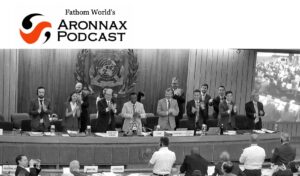
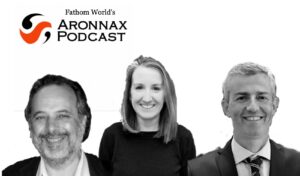
Aronnax: July 3rd
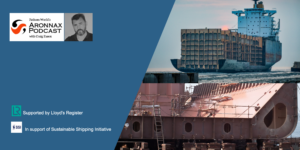
Aronnax: June 29th – Ships and their steel: Turning it green
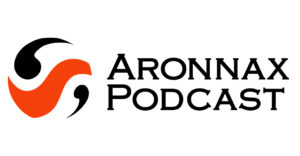
Aronnax: June 19th

Aronnax: June 4th
























